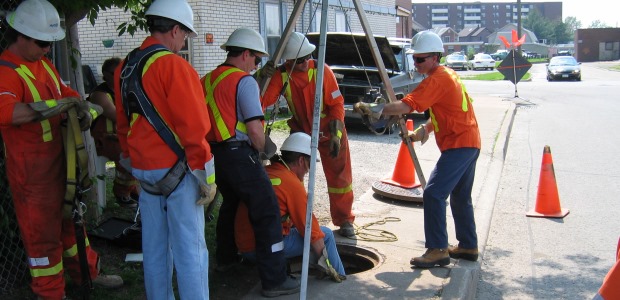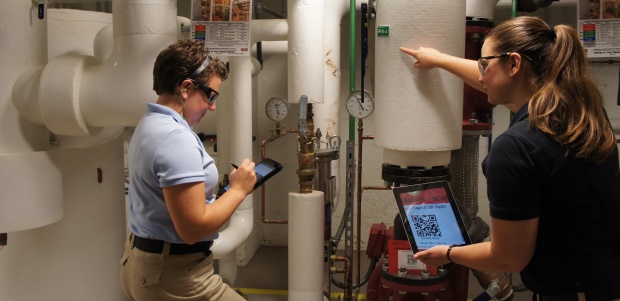A Certified Safety Professional on average earns $109,000 annually and a Certified Industrial Hygienist earns $110,000 annually.
The EESC has identified teachers and children, as well as DIYers and maintenance workers, as groups increasingly at risk for asbestos exposure.

With the proper training, personnel, and comfort with your equipment, you can mitigate many of the potential risks.
The money is available via three health information technology grants from the Office of the National Coordinator for Health Information Technology.

Risks abound, but glove technologies are eliminating compromises between performance and protection.

Effects of the four most common categories of glare range from minor annoyance to temporary loss of vision.

Advanced glove materials prevent job site hand injuries that impact a contractor's selection.

Employers must educate employees on the hazards of their work but also make every attempt to remove the hazards before exposing workers to them.

Appropriate PPE choices, along with a comprehensive safety program, can save lives, reduce injuries, and diminish long-term business costs.

Fogging is the number one vision-related barrier to wearing safety eyewear in the workplace. Hot weather can increase the risk of injury.

Three new wrinkles in the expo this year are a European pavilion, an NSC networking lounge, and an Emerging Trends pavilion.

Special attention must be paid to remain in compliance with NFPA 2112, NFPA 70E, and now OSHA 1910.269.

The new 2016 edition says existing AN storage facilities of non-combustible construction should be retrofitted with automatic fire sprinklers.

The design and features of rainwear can have a significant impact on how functional it is and its overall user acceptance.

A minor mistake or improperly placed object can send a room up in smoke. As tedious as it may seem, a welder should always do a spot check for combustible objects within the welding vicinity.

Companies can adapt quickly to engineer in efficiency and safety.
WHO's announcement said while the vaccine has shown 100 percent efficacy in individuals, "more conclusive evidence is needed on its capacity to protect populations through what is called 'herd immunity.' To that end, the Guinean national regulatory authority and ethics review committee have approved continuation of the trial."